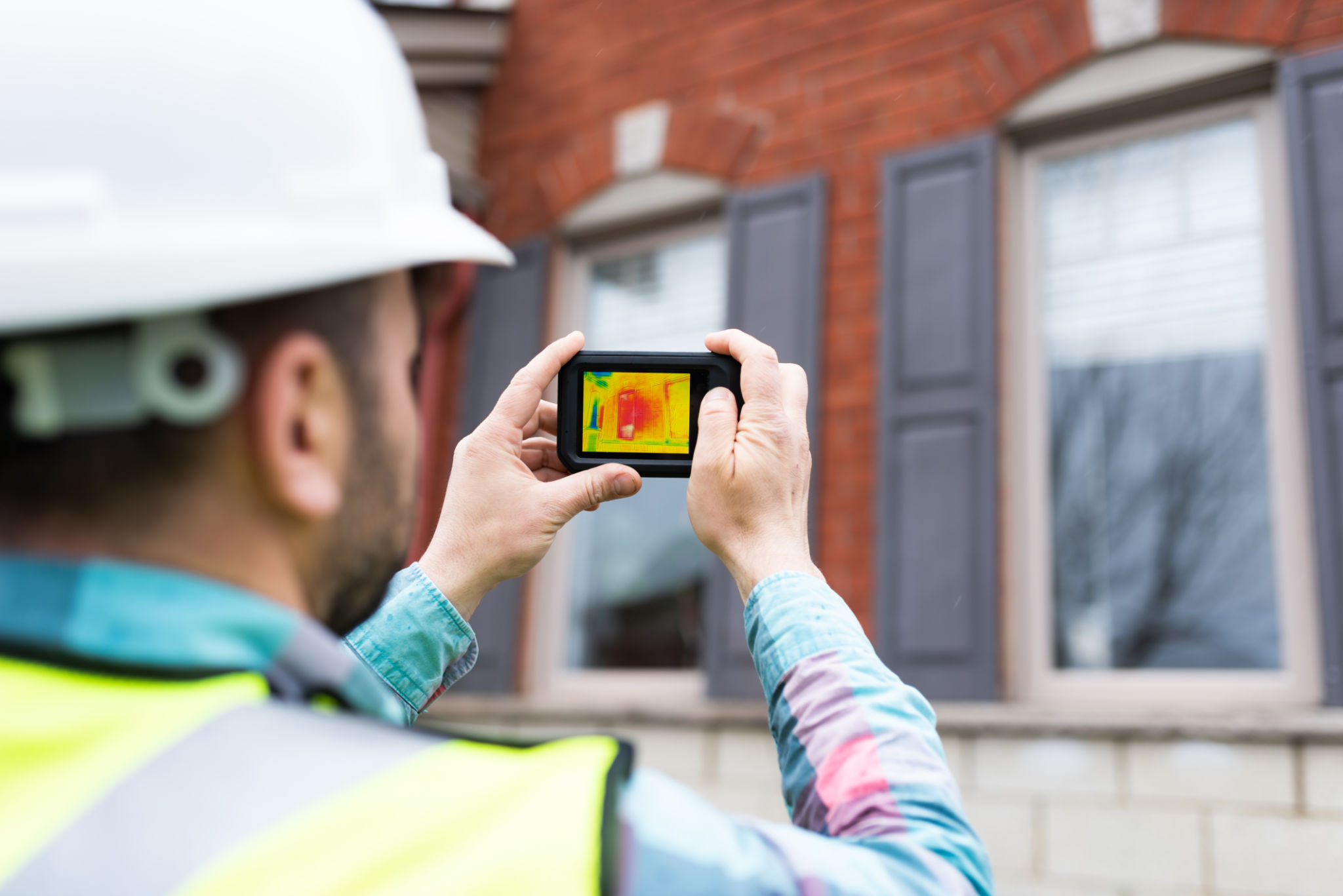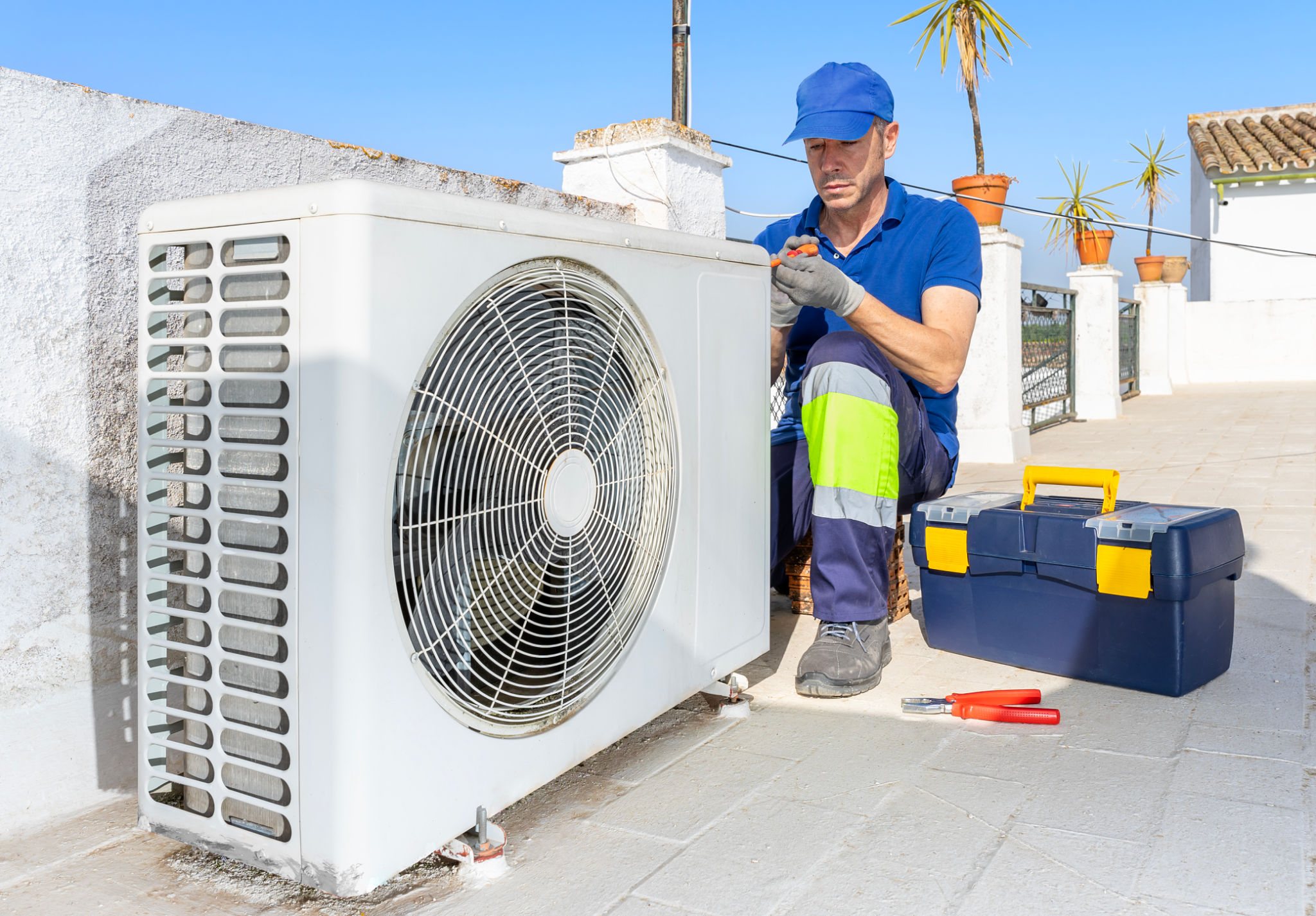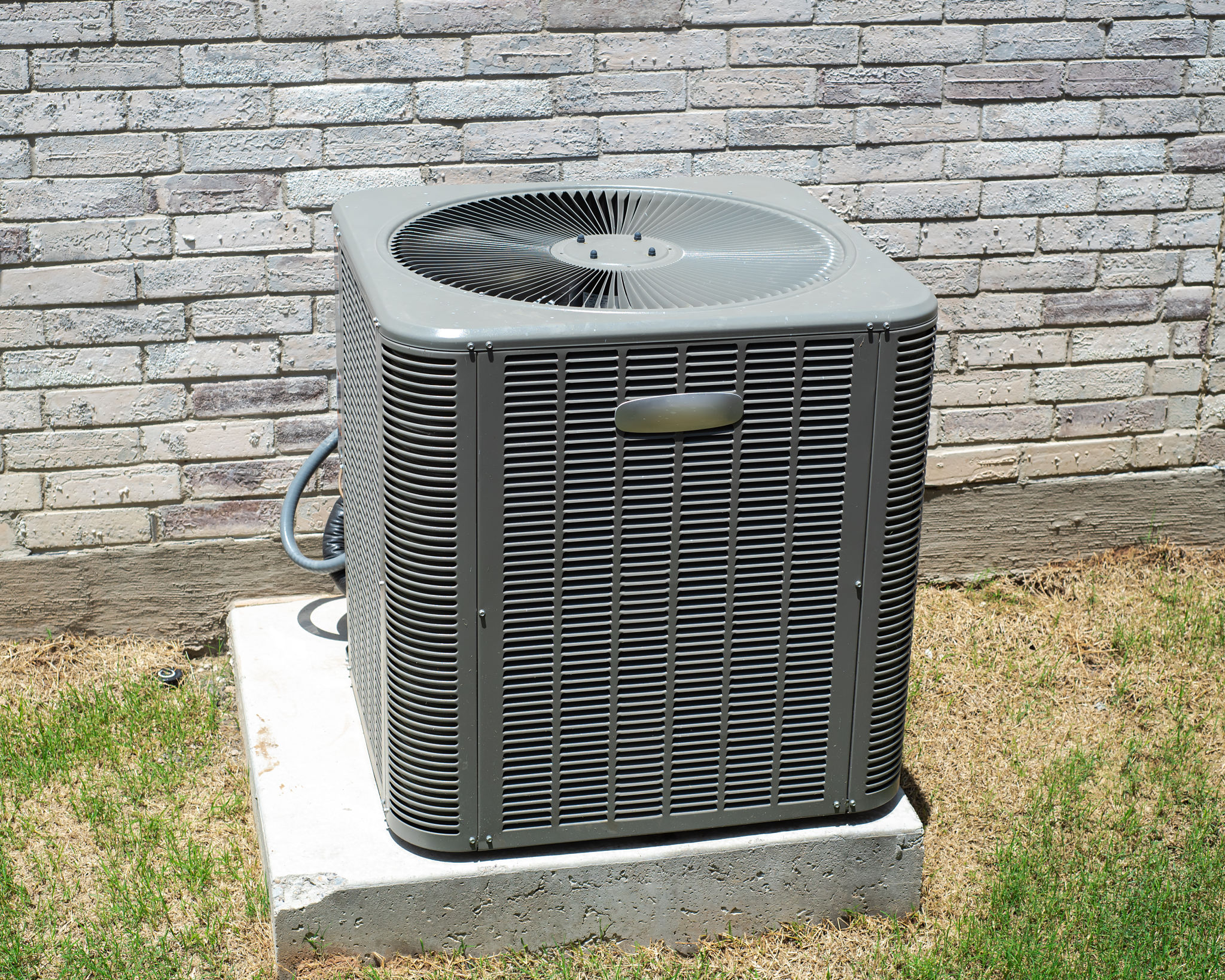Preparing Your Property for Thermal Imaging Inspections: A Seasonal Guide
Understanding Thermal Imaging Inspections
Thermal imaging inspections are a powerful tool for identifying issues in your property that are invisible to the naked eye. By capturing infrared images, these inspections can detect temperature variations, which often indicate problems like insulation deficiencies, moisture intrusion, or electrical faults. Preparing your property for a thermal imaging inspection ensures accurate and effective results.
As the seasons change, so do the dynamics within your home. Temperature fluctuations can impact the thermal envelope of your property, making it crucial to understand how to prepare seasonally for the most accurate assessments.

Preparing for Winter Inspections
Check Your Insulation
Winter is the ideal time to assess your property's insulation. Colder temperatures outside create a greater contrast with the warmth inside, making it easier to spot areas where heat may be escaping. Ensure all windows, doors, and attic spaces are properly sealed and insulated before the inspection.
Evaluate Heating Systems
Ensure that your heating systems are running efficiently. Before the inspection, conduct a maintenance check on your furnace or heat pump to verify they are operating correctly. Thermal imaging can help identify any heat loss or system inefficiencies during operation.

Preparing for Spring and Summer Inspections
Focus on Moisture Detection
Spring and summer bring increased humidity and rain, which can lead to moisture problems within your property. Use thermal imaging to detect potential water intrusion in basements, walls, and roofing. Clear gutters and downspouts to prevent water accumulation near your foundation.
Inspect Cooling Systems
As temperatures rise, it’s time to ensure your cooling systems are in top shape. Run your air conditioning prior to the inspection to identify any areas where cool air might be escaping, helping you address inefficiencies and reduce energy costs.

General Preparation Tips
Schedule at Optimal Times
The effectiveness of thermal imaging inspections can be influenced by the time of day. Schedule inspections during early morning or late evening when temperature differences are more pronounced and easier to detect.
Clear the Inspection Area
Remove any clutter or obstructions from the inspection area to allow clear access to walls, floors, and ceilings. This will facilitate a more thorough examination and accurate results.
Taking Action Post-Inspection
Once your thermal imaging inspection is complete, review the findings thoroughly with the inspector. They will provide you with a detailed report highlighting areas of concern and recommending necessary actions or repairs.
- Address insulation gaps immediately to improve energy efficiency.
- Repair any identified leaks or moisture issues to prevent mold growth.
- Ensure all HVAC systems are serviced and functioning optimally.
By preparing your property for thermal imaging inspections seasonally, you not only protect your investment but also ensure a more comfortable living environment year-round.
